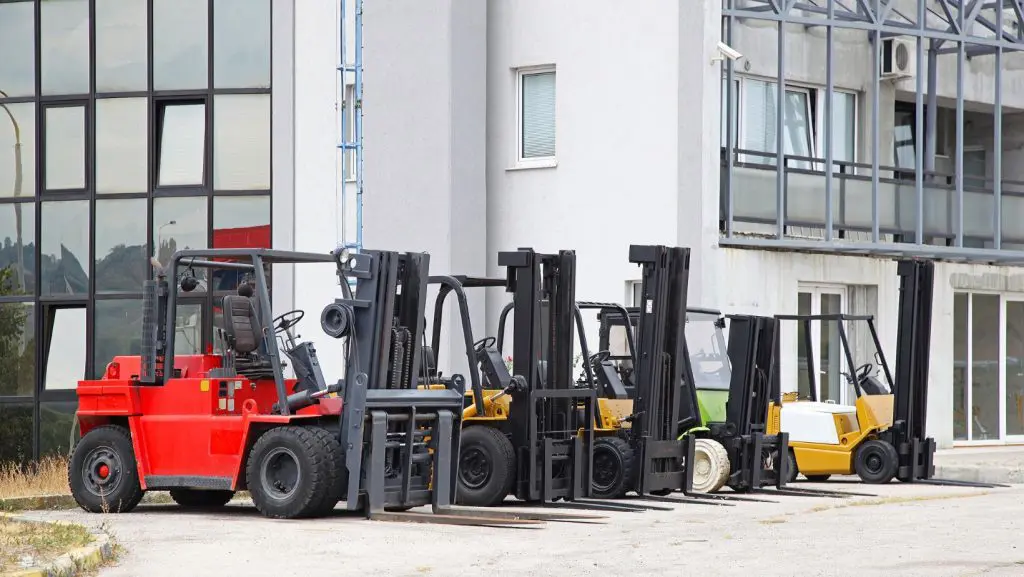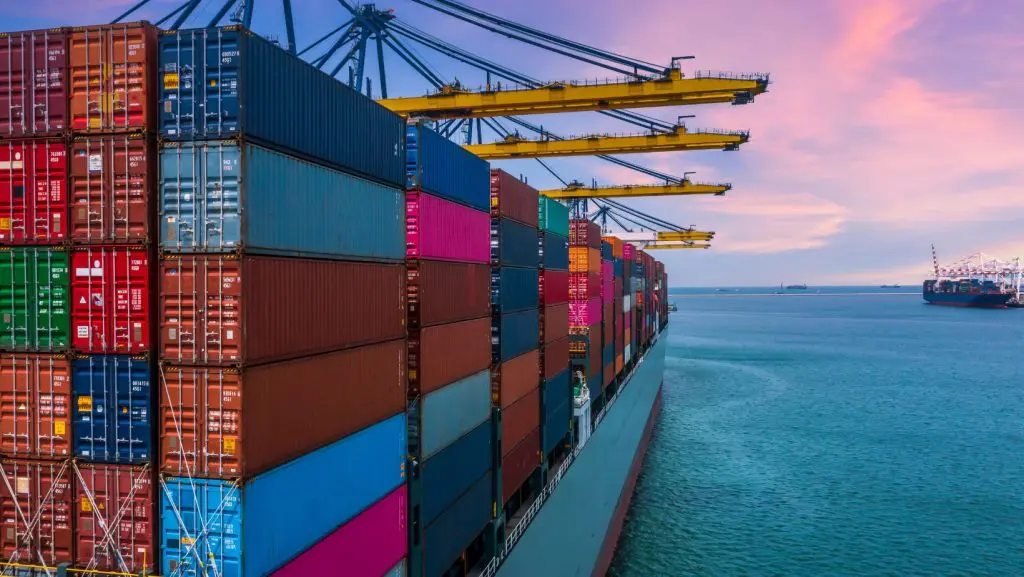
Forklifts can go faster than you think! Well, they still go relatively slow compared to a car, but even at these slower speeds, they can still cause injury and sometimes fatalities if operated inappropriately. In this guide, find out everything you need to know about forklift speeds and what the official guidelines say about forklift […]

Forklifts are indispensable equipment in working environments, revolutionising how heavy goods are lifted, transported, and organised. Once you investigate forklift types, you will come across various power options. Forklifts can be powered in several ways, notably diesel, gas, or electric. Choosing the right forklift depends on its tasks, frequency of performance, working conditions, and efficiency […]

Moving a shipping container can be challenging. It requires careful planning, preparation, and execution to ensure a smooth relocation process. Unsurprisingly, shipping containers are extremely heavy, especially once loaded; therefore, selecting suitable transportation is essential to conduct a shipping container safely. With the right equipment, technique, and safety precautions, this task can be completed with […]

Honored to be named finalists for the prestigious Training Provider of the Year Award 2024!
We are thrilled to share this incredible news with all of you and express our deepest gratitude for this amazing nomination.




